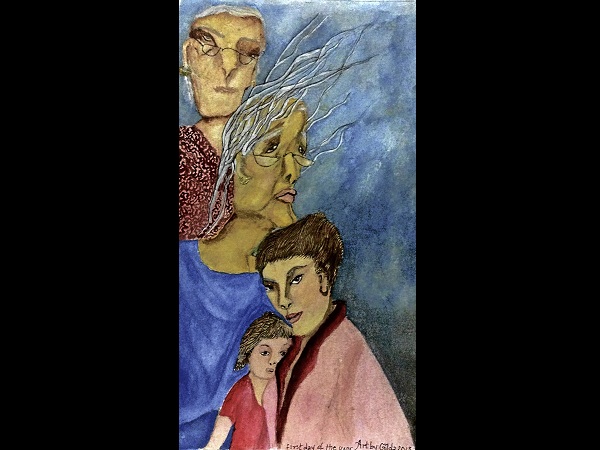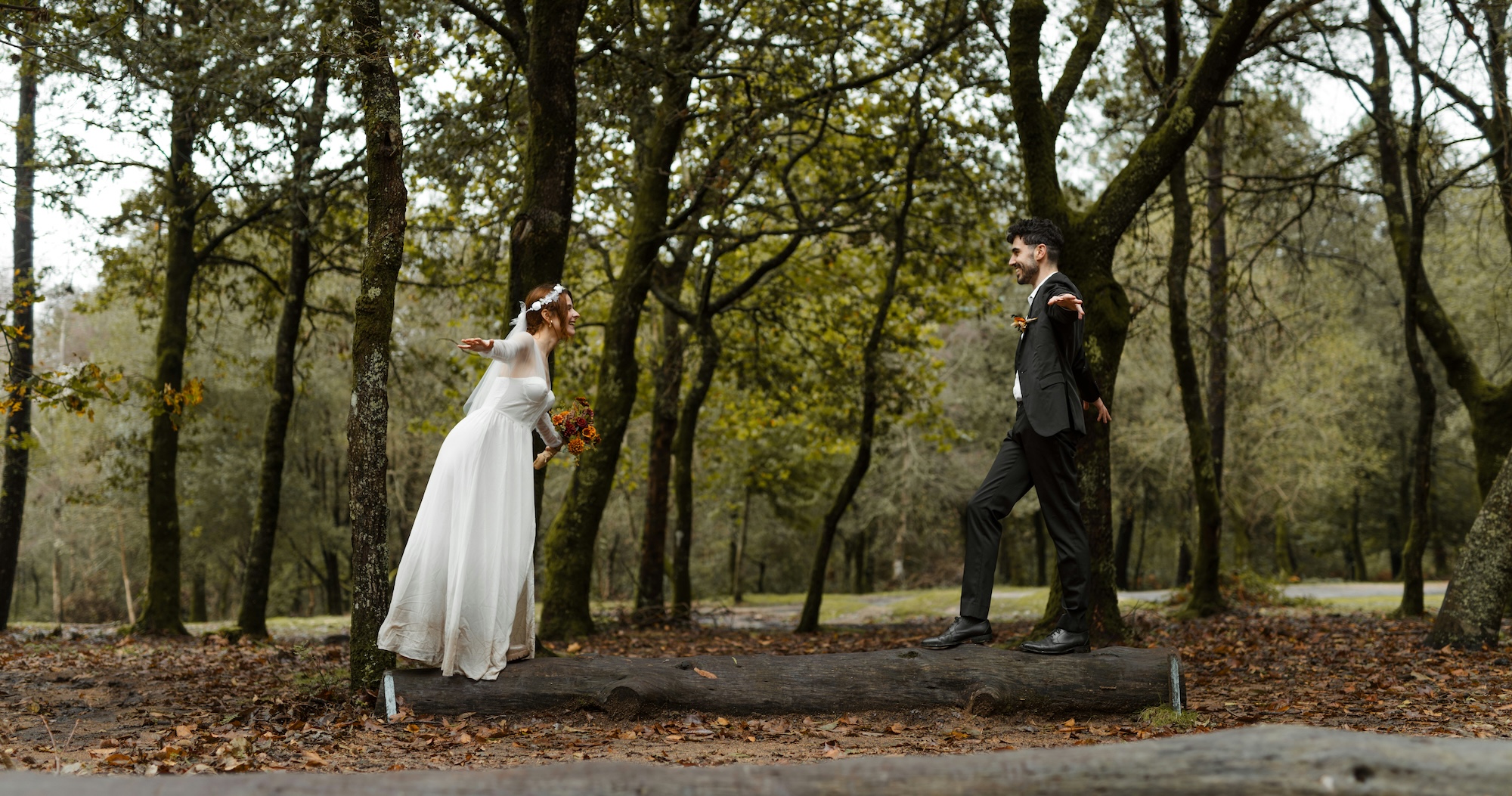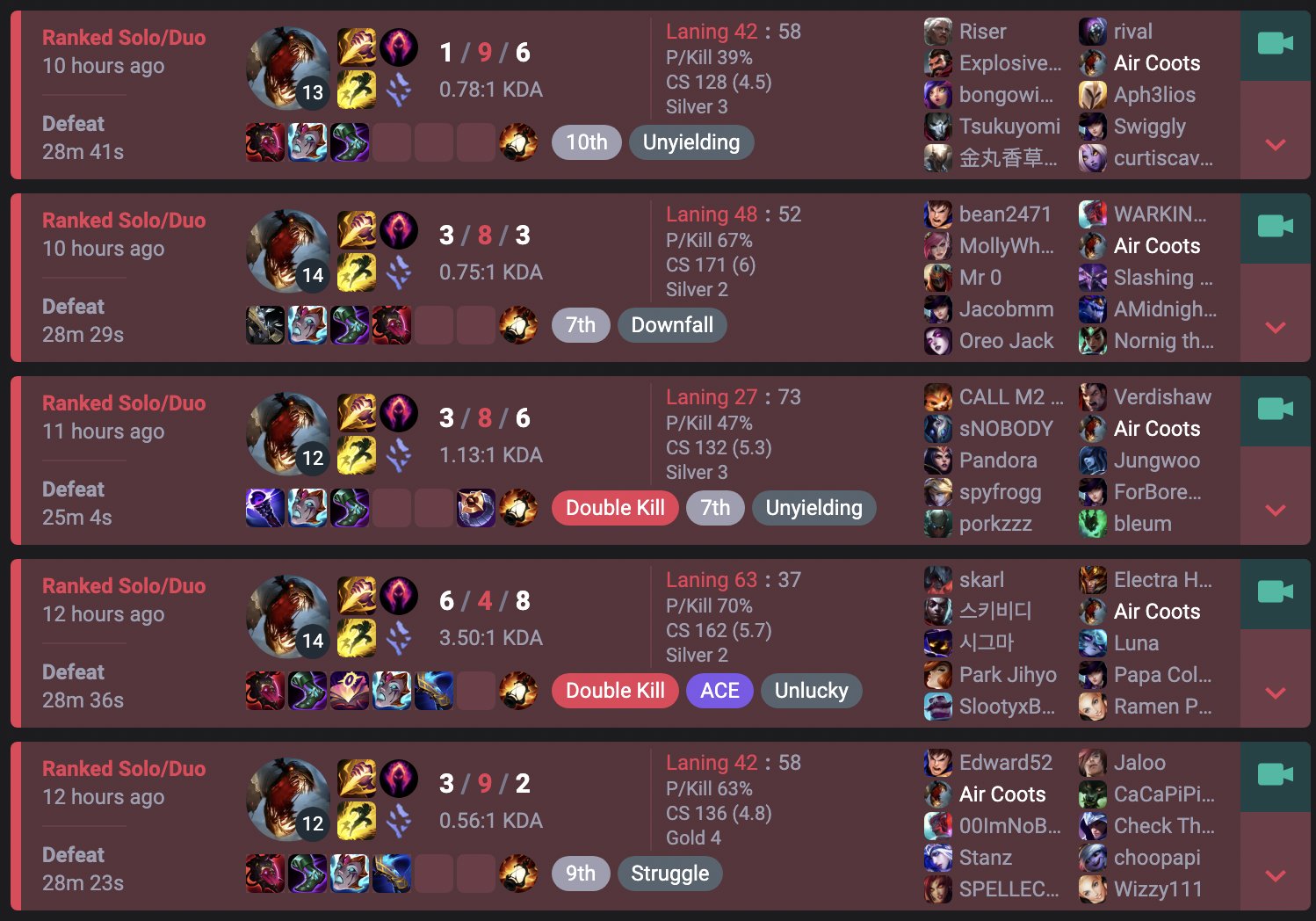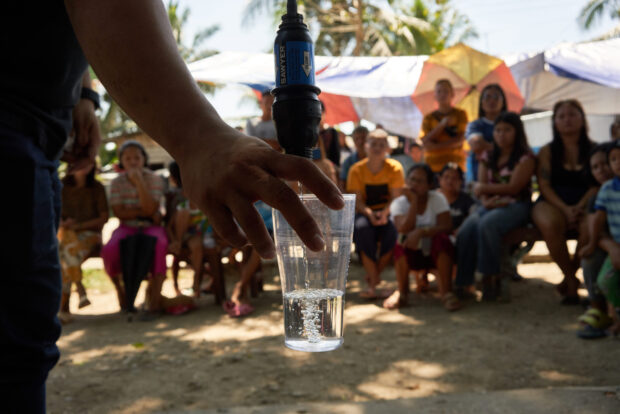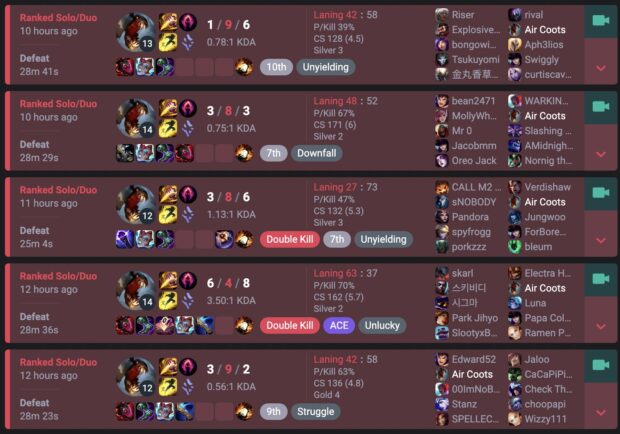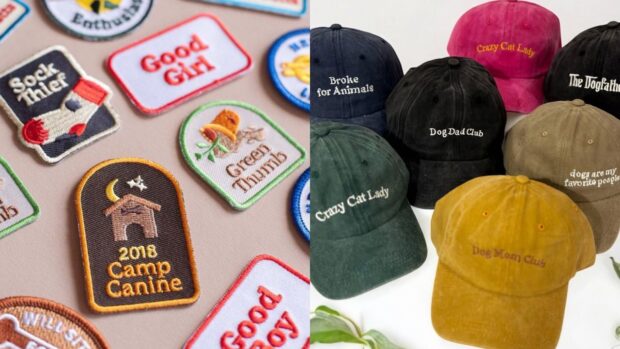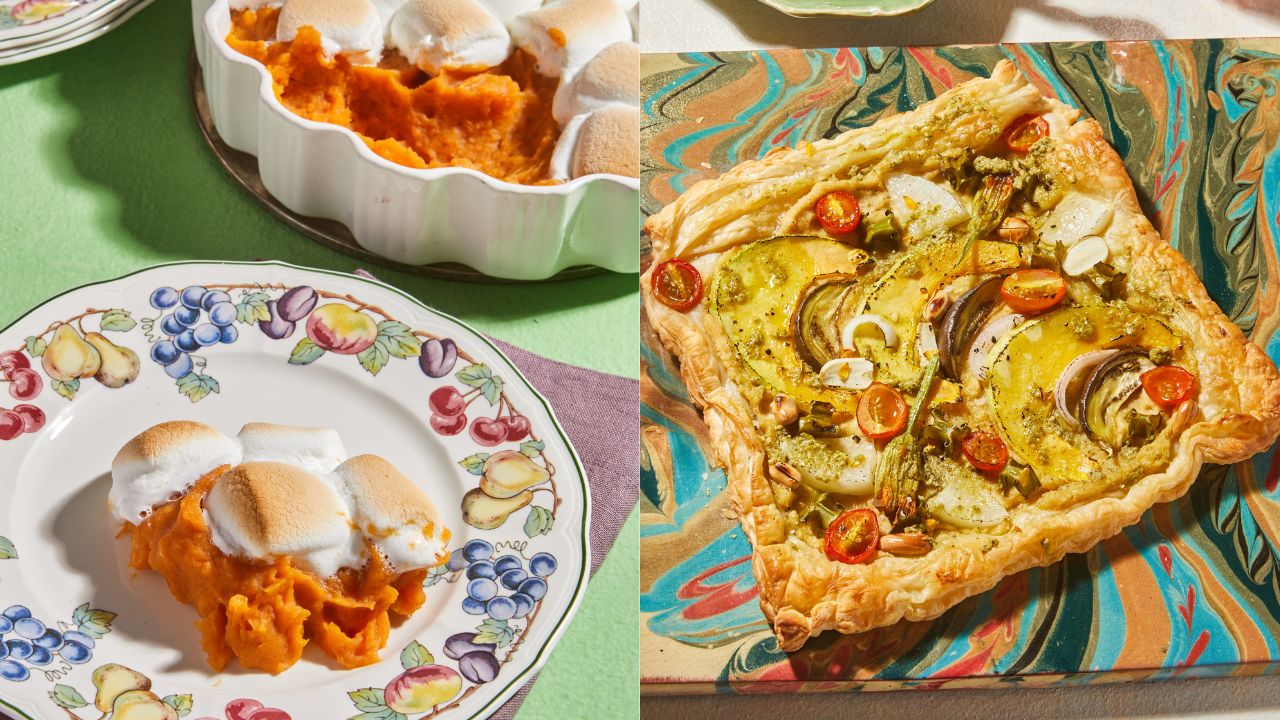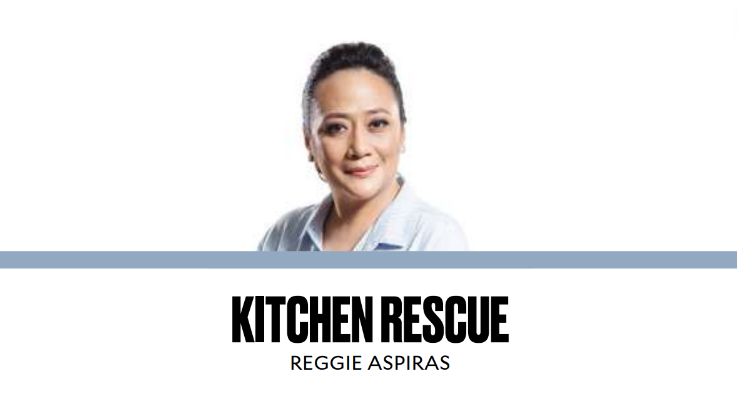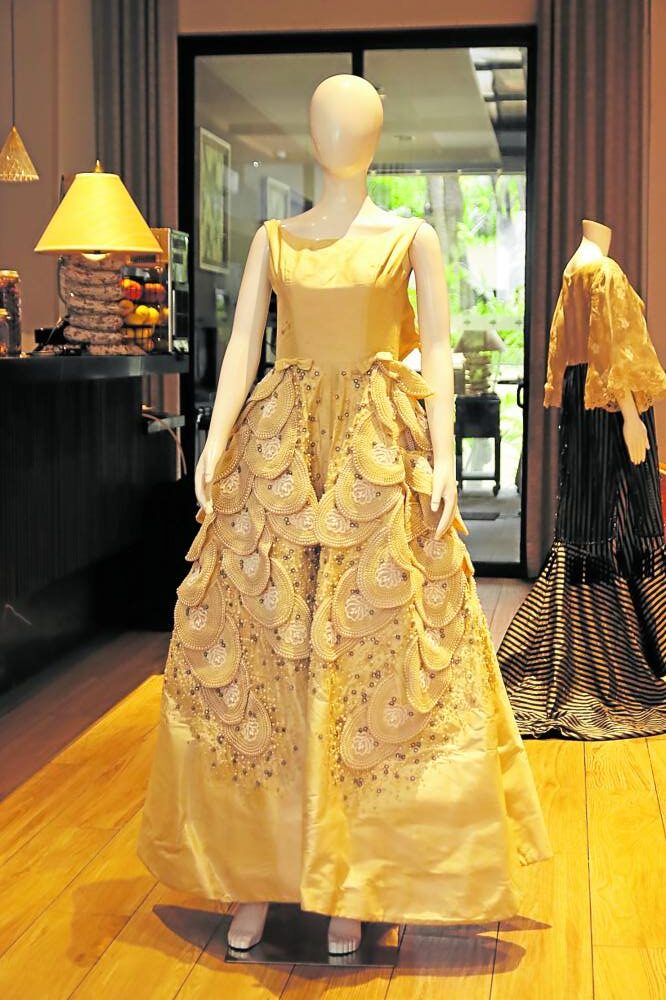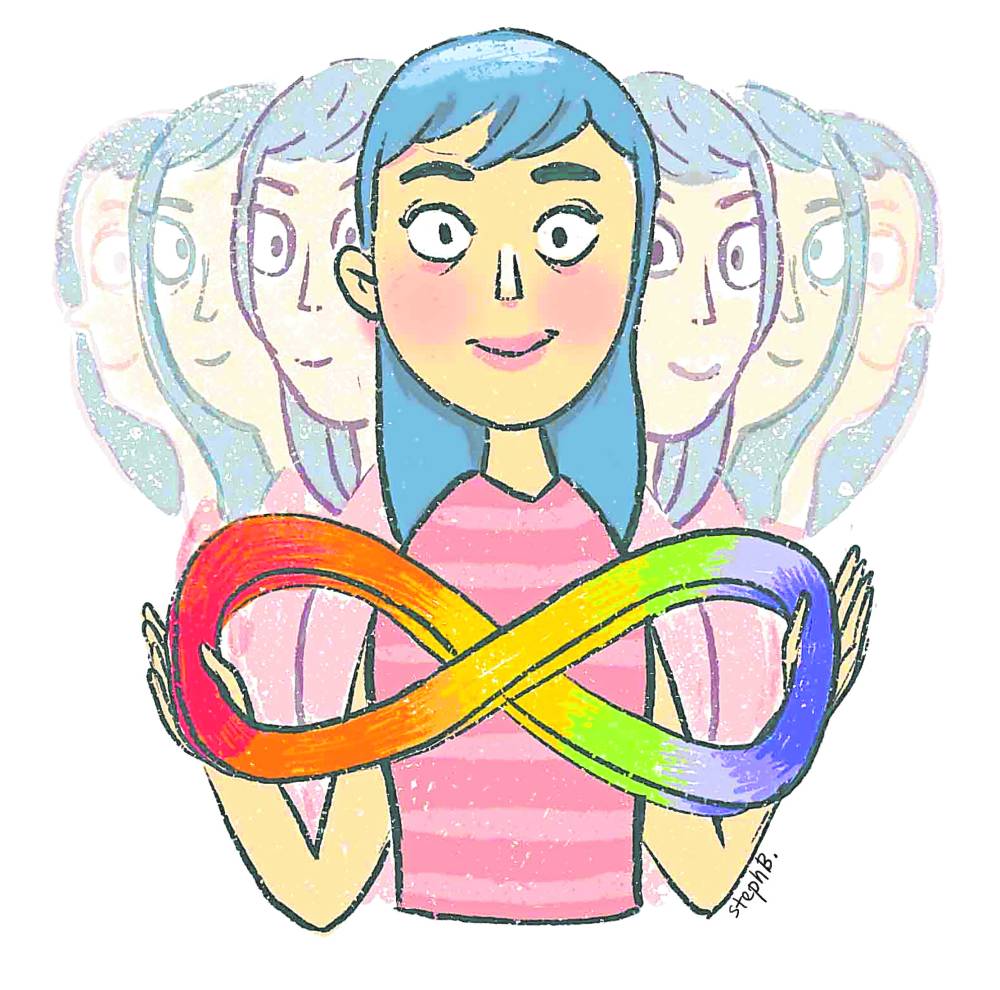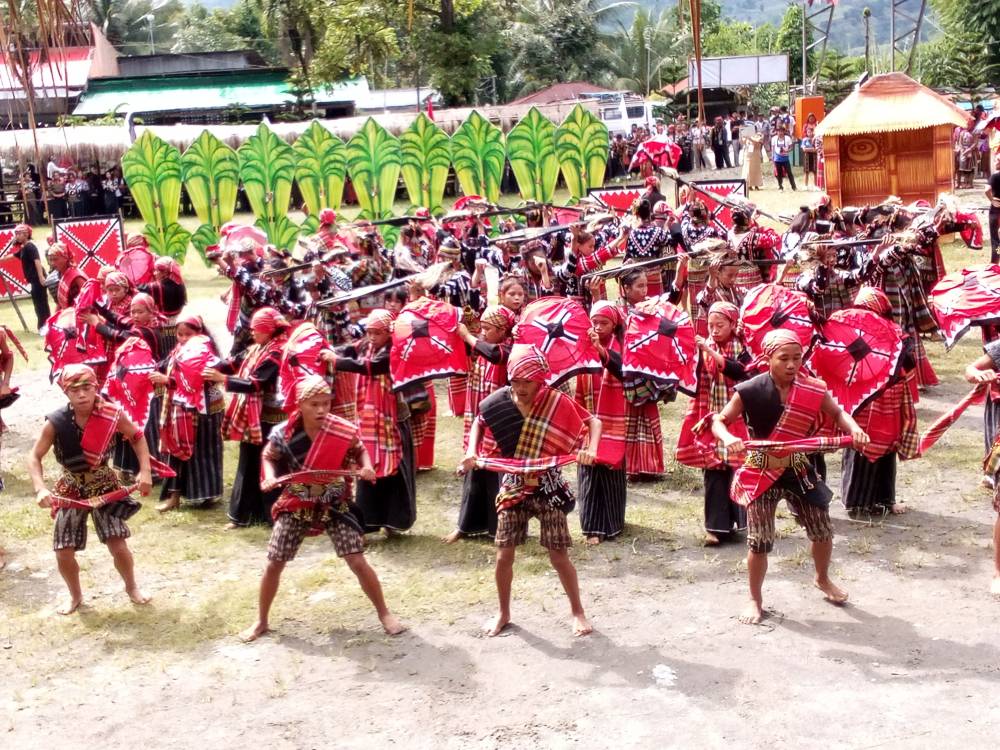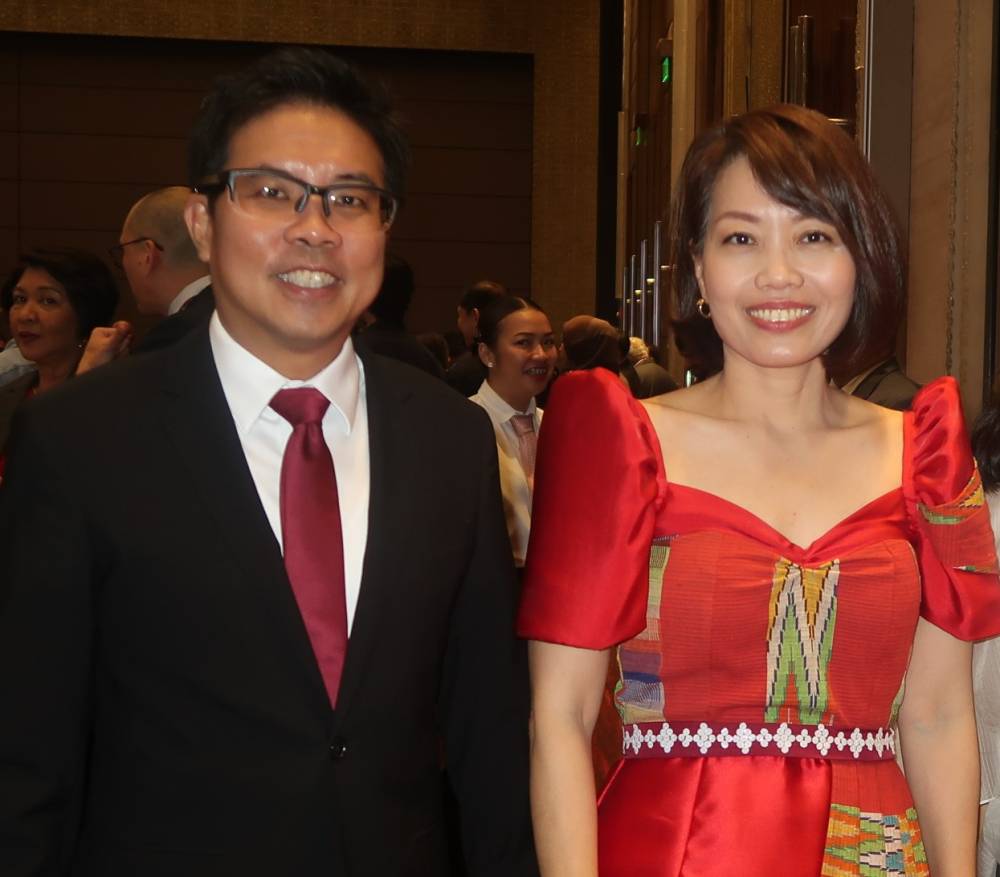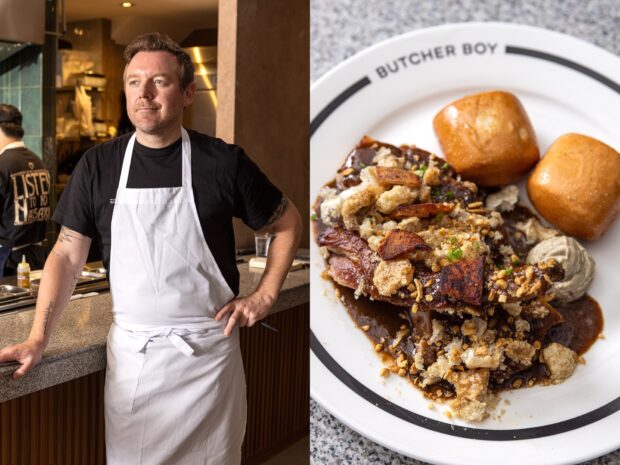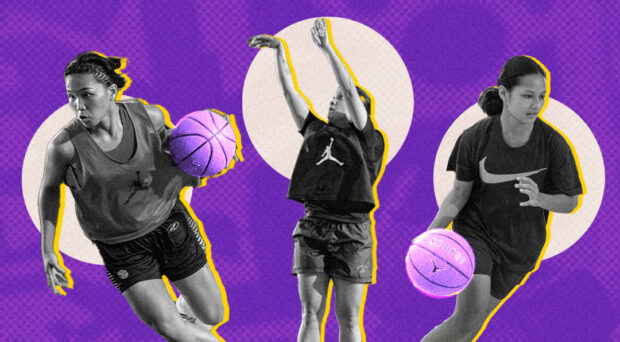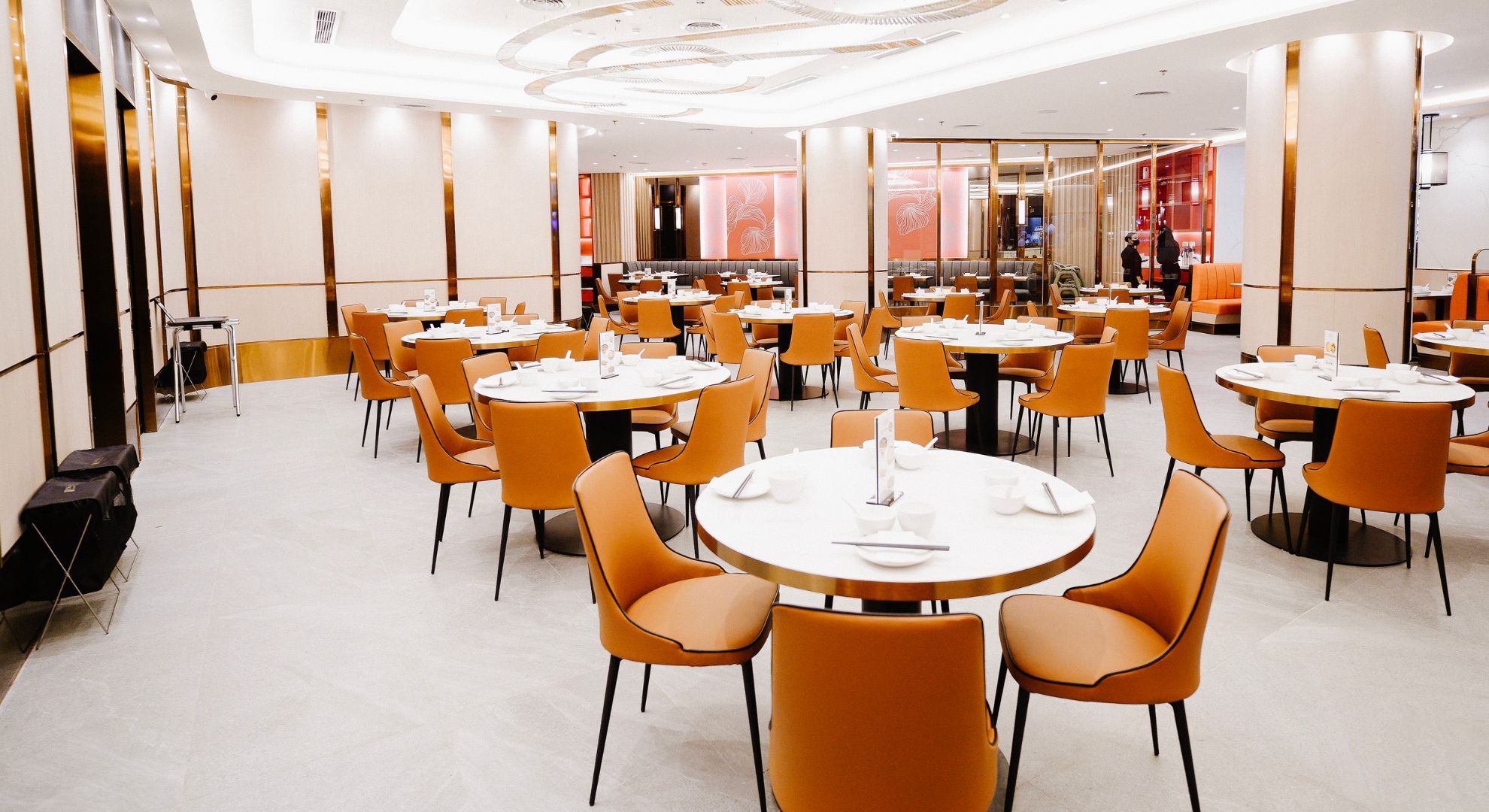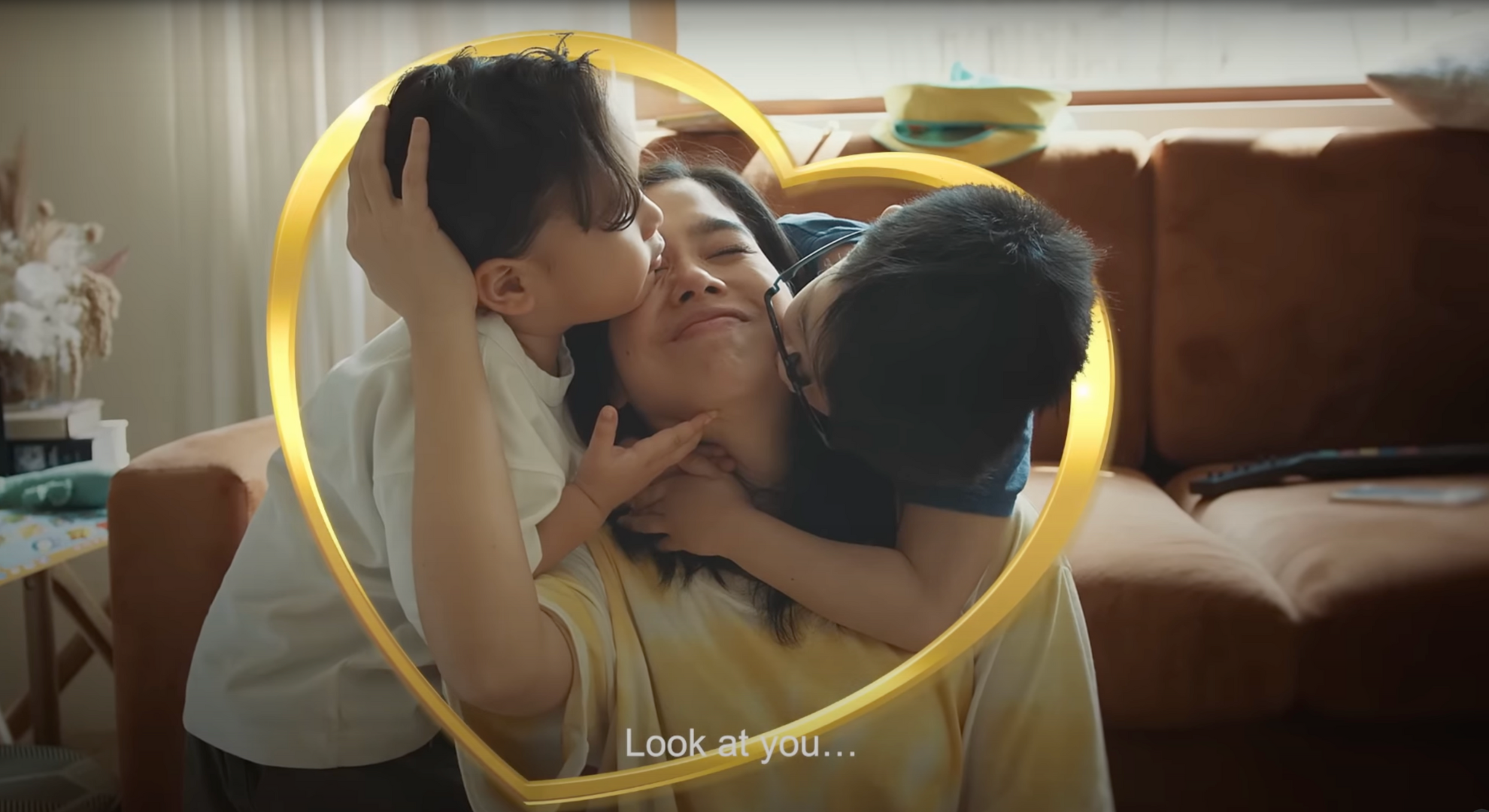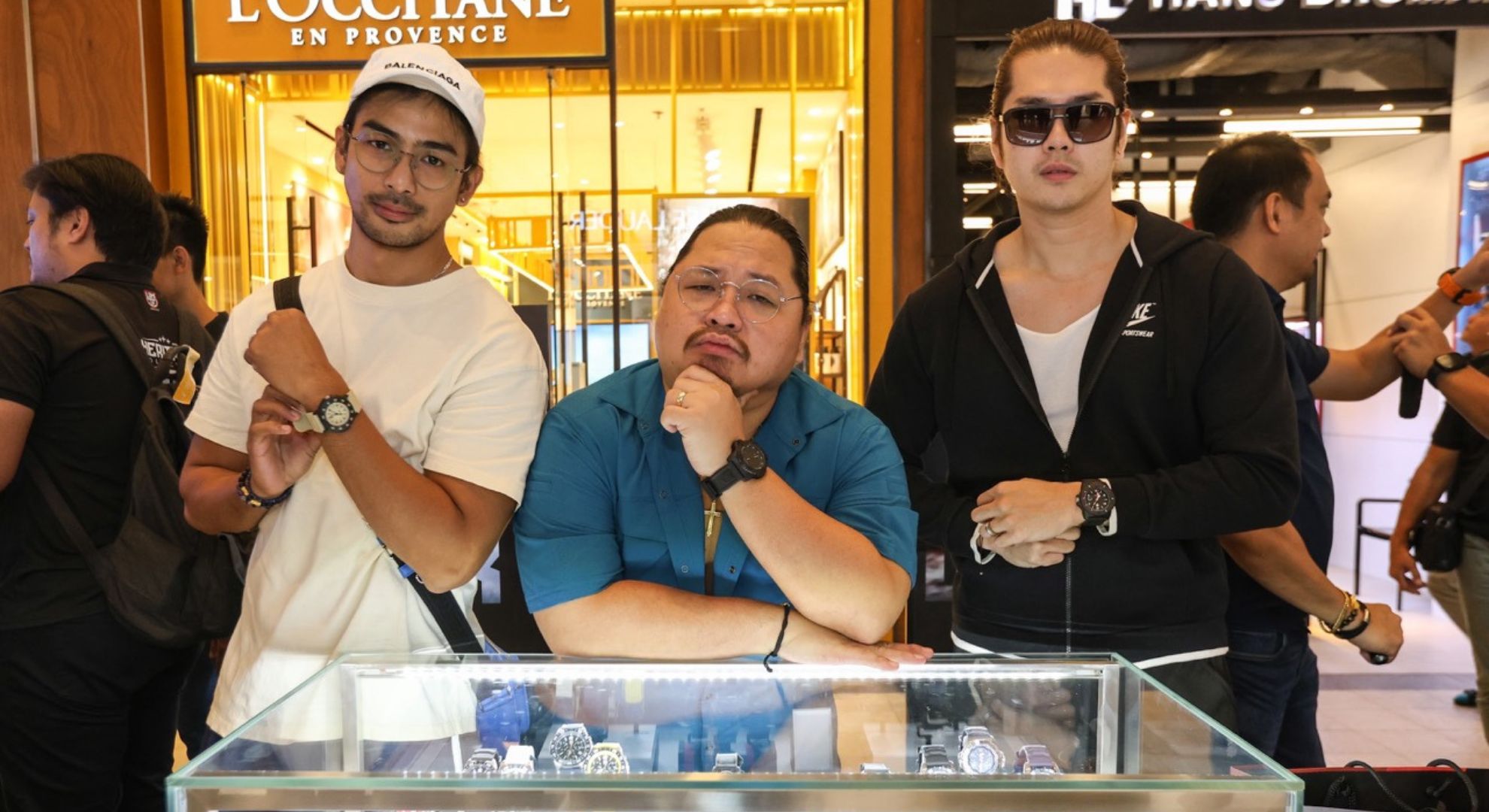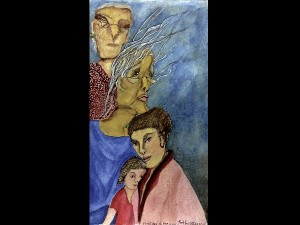
Lapu-Lapu’s trophy
After Magellan was killed in Cebu, the victorious chieftain, Lapu-Lapu, refused to return his body, saying that they wanted to keep him “so that they would not forget him.” Magellan’s remains were never recovered. (From Mary W. Helms, 1988)
How to divide a cooked pig
“For a festive occasion in Ifugao,” says George Pepe, a native, “for the traditional way to compute how many guests can consume any size of cooked pig, I use my hand, not a ruler.”
If the pig is large, he lays flat the palm of his hand up to the wrist, to stand for each portion. If the pig is smaller, four fingers up to the base of the fingers for every individual. An even smaller pig (or an extra-large one to be served to, say, 500 guests), two fingers flat (about two inches by two inches) is allotted per person. (Researched by Wendy F. Regalado)
Clothes more important than pneumonia
In 1929, when clothes were still precious (because expensive), the Igorot males would take off their clothes when it rained and put them under their hats. The women, too, would follow suit and place theirs in the covered basket balanced on their heads. (From missionary and historian Morice Vanoverbergh)
Much later on, Cordillera males reportedly secured their shoes from the rain.
Grandchildhood terms
Apo: grandchild
Apo sa tuhod (grandchild of my knee): the child of my grandchild, therefore great grandchild Apo sa talampakan: formerly apo sa sakong, heel: great great grandchild (grandparents need not be alive). For language groups like the Subanon, the Dumagat, the Ivatan, the Maguindanao, the Manobo, the Tagakaolo and the Tausog, there are variations like grandchild of the fingernail, of the lap, of the thigh, of the ear, of the elbow. (And Tagalog used to have an apo sa tagiliran, grandchild of the side, but it disappeared with time).
A lot of the terms, according to the researchers below, were still in use until the first quarter of the 20th century.
According to the Subanon, the gapuq kinuku, or grandchild of the fingernail, is the one you give food to even if you just have food the size of a fingernail. Gapuq lulud, or grandchild of the knee, is the one you share with if you have a knee-size amount of food. The gapuq siku, or elbow grandchild, is simply the one you elbow off.
(More complete information in Richard E. Elkins, 1984, derived from Pedro Serrano K. Laktaw, 1914, and Pedro de Sanlucar, 1754)
How much water to cook rice?
Enough to cover the segment of the middle finger above the rice grains, no matter how large the pot. (Not for electric rice cookers)
The fist as calendar
To know if a month has 30 or 31 days, use your knuckles and the depressions in between. Start with the knuckle of the forefinger for January. All the knuckles stand for 31 days, all the depressions for 30 days, except for February.
How to figure out sizes of clothing
To measure waist of pants or skirts: Put waist of garment you are buying around your neck. The correct waist measurement is twice that of the neck. To calculate socks size: Person should wrap socks to be bought around the knuckles of one hand. If heel and toe meet, the socks should fit.
Presidential marks of distinction
Emilio Aguinaldo – his crewcut
Manuel L. Quezon – his bushy eyebrows and Castilian nose
José P. Laurel – his Japanese looks
Sergio Osmeña – his chinky eyes
Manuel Roxas – his large, soulful eyes
Elpidio Quirino – his double chin and rotund body
Ramon Magsaysay – his “malaking kaha”
Carlos P. Garcia – his dusky complexion
Diosdado Macapagal – his hair, parted in the middle
Ferdinand Marcos – the puffy face of his last days
Corazon Aquino – her nose and eyeglasses
Fidel V. Ramos – his mouth and its cigar
Gloria Macapagal-Arroyo – the mole on her cheek
Benigno Simeon Aquino – his balding pate
We are part of each other
Laman ng aking laman or dugo ng aking dugo: offspring
Kaputol or utol: “piece of my umbilical cord”: brother or sister
Kabagis (Ilocano): “from the same intestine,” sibling
Kabagang, “sharing a molar”: bosom pal
Kabiyak (ng dibdib or puso): spouse
Interpreting body language
Raising both eyebrows: “Hi!”
Pursing lips to point direction: “There!”
Body bent, arms extended downward and palms together while passing between or in front of people: “Makikiraan po! Excuse me, may I pass?”
Pulling down the lower lid with finger: “Belat!”
Tracing rectangle in air with fingers: “Bill!” Tracing bigger rectangle in air with fingers: “Menu!”
Saying ‘come here!’
Filipino way: beckons with hand, palm down
American way: palm up, forefinger motioning “come.” (To the Pinoy, this seems like a rude gesture.)
Japanese way: one hand up, as in a stop sign, which then moves forward and back (Looks more like “stay there!”)
Saying ‘yes’
Pinoy way: nodding or raising both eyebrows.
Indian way: moving head sideward, up and down toward shoulder several times.
Bearing your own load
These are the many ways the Pinoy utilizes different parts of his/her body to carry an object:
Sunong—to bear on head, such as a basket of fruits, or a flat basket of cooked food to sell.
Pasan—to carry heavy load on shoulder, such as cross, sack of grain, dead game, inebriated friend.
Sakbibi—to carry over shoulder and against chest, as in a baby being burped
Sukbit—to bear on back with help of strap or straps over shoulders, such as a rifle, or a backpack
Bitbit—to carry, dangling from fingers, such as a knotted cloth bundle or an umbrella. It may also be translated as “to take along,” such as “bitbit niya ang mga anak.”
Kaladkad—to pull along, such as suitcase or bag on wheels, cart of soft drinks, pull toy or dead gladiator.
Kimkim—to hold in closed fist, like coins or paper money (gift money to a child is called pakimkim).
Kipkip or kilik—to put under armpit and press tightly against body, such as a large envelope, a flat purse, a book.
Kandong—to sit or rest on a lap, as in a child or a bulky package.
(Entries for this article came mostly from “The Body Book,” by Fe Arriola, Cora Alvina, Mariel Francisco, Gilda Fernando. GCF Books, 1993)
Errata for last Sunday’s
‘The guardians of splendor’ (Jan. 13)
The wrong, uncorrected copy was sent by us to Inquirer. It missed one sentence in the second paragraph that says: “Mrs. Marcos does not know me and I would be happy if it remained that way.”
“Esmella” should be spelled “Esmilla.”
Glenda Barretto is a “caterer,” not “caterers.”
“Homespun designs, like Christian Espiritu etc., should be “designers,” not “designs.”
“Mrs. Marcos’ Nutrition Center provided not only for children but mind food, as well” should read “Nutrition Center not only provided food for children’s bodies but mind food as well.”
There is a whole garbled sentence that reads “Zentie Imelda introduced…” should be “Until Imelda introduced homespun designers…”
Biggest mistake of all is “Oro, Plata, Mata by Ishmael Bernal.” The correct director is Peque Gallaga.
Also, the film directed by Ishmael Bernal for the Experimental Cinema was “Himala.”
Ishmael Bernal never had a film called “Ishmael.”
I’m sending this because I received so many texts about the article— brickbats for the lapses but also praises. Sorry to the injured, thank God for the unscathed. —GCF

